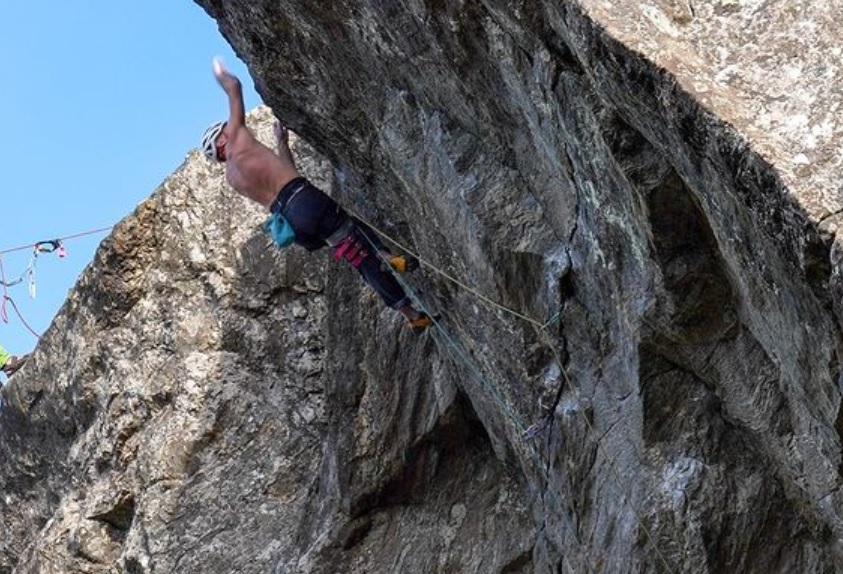Climbing legend Dave MacLeod on new E10 and finger injury recovery
"Comparing it to other routes is kind of hard because most other E10 trad routes in Scotland are really dangerous"

Legendary Scottish climber Dave MacLeod has been pushing the limits of hard trad for decades, and along the way being a leading voice on injury recovery.
In April 2006, MacLeod established Rhapsody on Dumbarton Rock at a grade of E11 7a, which made it one of the hardest trad climbs in the world at the time.
In 2008, he became the first climber to free-solo a 5.14b with Darwin Dixit in Margalef, Spain. He had been preparing for a project on Scotland’s Ben Nevis. One of the way’s he trained was by going to Spain and running-out hard bolted routes. He went on to send his Ben Nevis Project and called it Echo Wall, still considered one of the hardest trad route in the world.
In 2015, his book Make or Break: Don’t Let Climbing Injuries Dictate Your Success was published to great success. We touched base with MacLeod after his first repeat of What We Do in the Shadows E10 7a.
Tennis elbow is a game stopper for some climbers. How did you train without affecting the injury over the past few months? Well I wrote a whole book on managing climbing injuries and ended up writing it to share what I’d learned from previous recoveries from golfers’/tennis elbow. It boils down to a robust physio schedule, not letting myself get too weak, eating well, sleeping well and getting a careful balance between rest and training to get stronger. The major mistake I made in the past was backing right off training for fear of aggravating it. For this type of injury (and NOT many others), this can prolong if not stagnate recovery.
What was the cux on What We Do in the Shadows? The crux of the route is a long V10 boulder on small edges on a 40 degree overhanging wall. The first part of the route is also short, but burly, with no rest. So it’s a power-endurance problem.
How long had Robbie been working on it? Both of us were trying the line extensively last autumn, and then Robbie picked it back up a few weeks ago after some training for it over the summer.
How does it stack up against other E10 7a lines in the area? Comparing it to other routes is kind of hard because most other E10 trad routes in Scotland are really dangerous. But It’s fair to say the number of climbers who would be likely to repeat it is quite short. Many bold trad climbers might not have the fitness to comfortably climb F8c on gear. Many strong sport climbers might not like climbing so hard on gear.
Are you going to take another break to rest the elbow, or are you easing back into a regular climb schedule? No break for me. It’s not really needed. I just need to steadily (slowly) increase training now as my elbow hopefully recovers. I’m really hoping I’ll be in shape for mixed climbing shortly. Possibly clearing rime overhead with an ice tool might aggravate tennis elbow, but at least it’s on my right elbow, and I’m left-handed.


